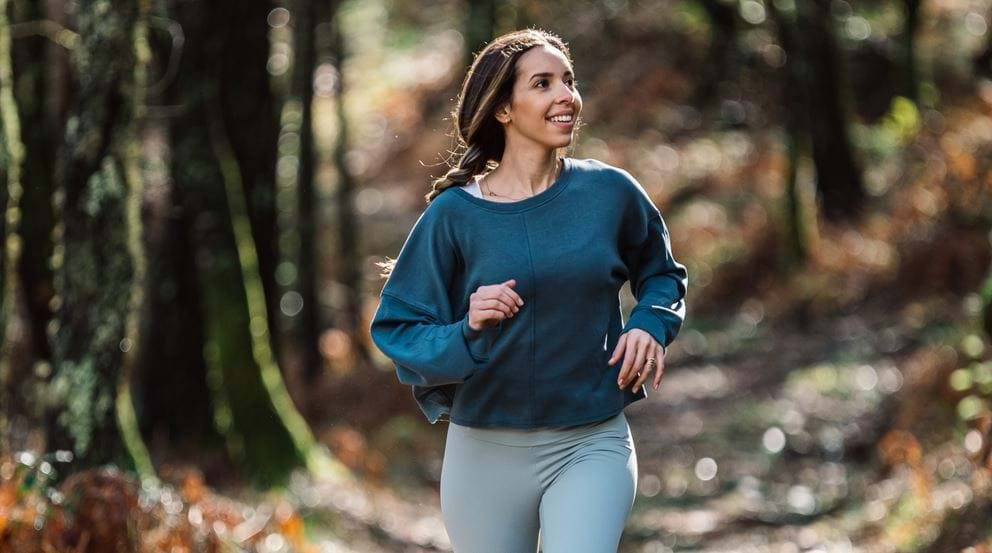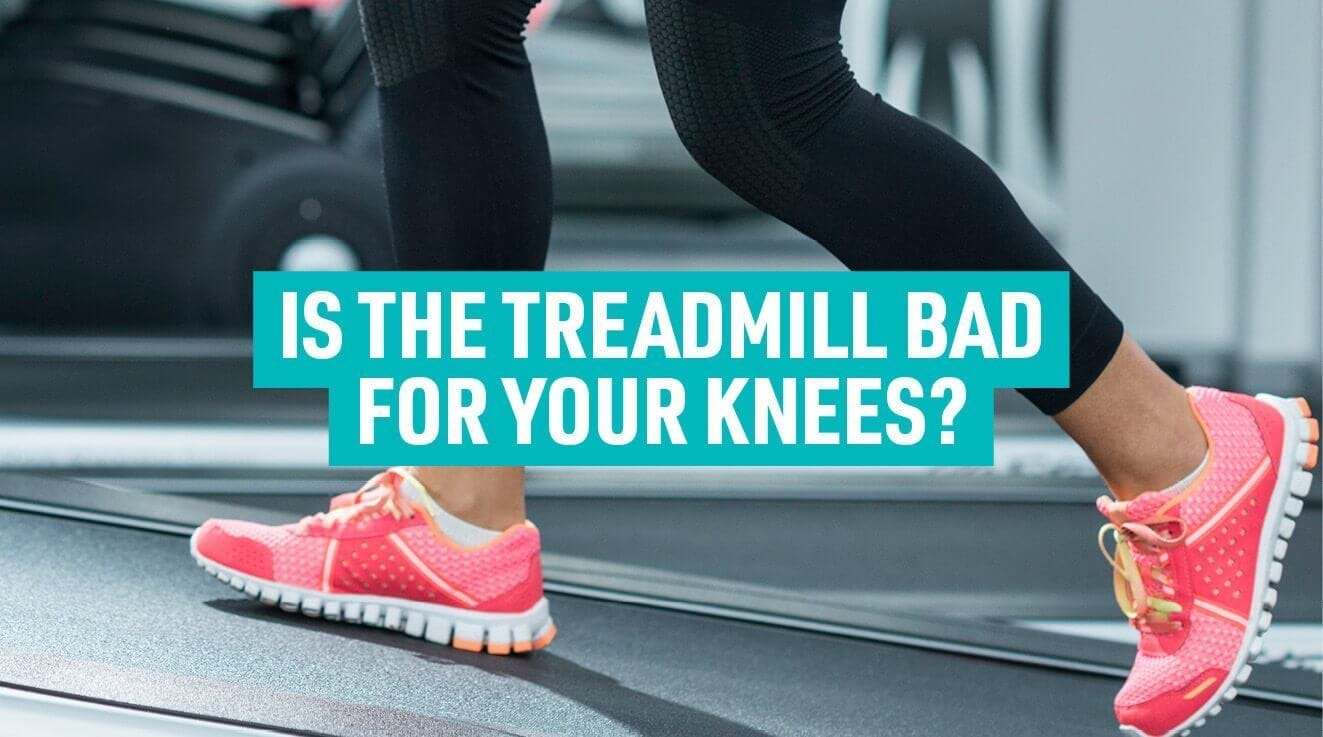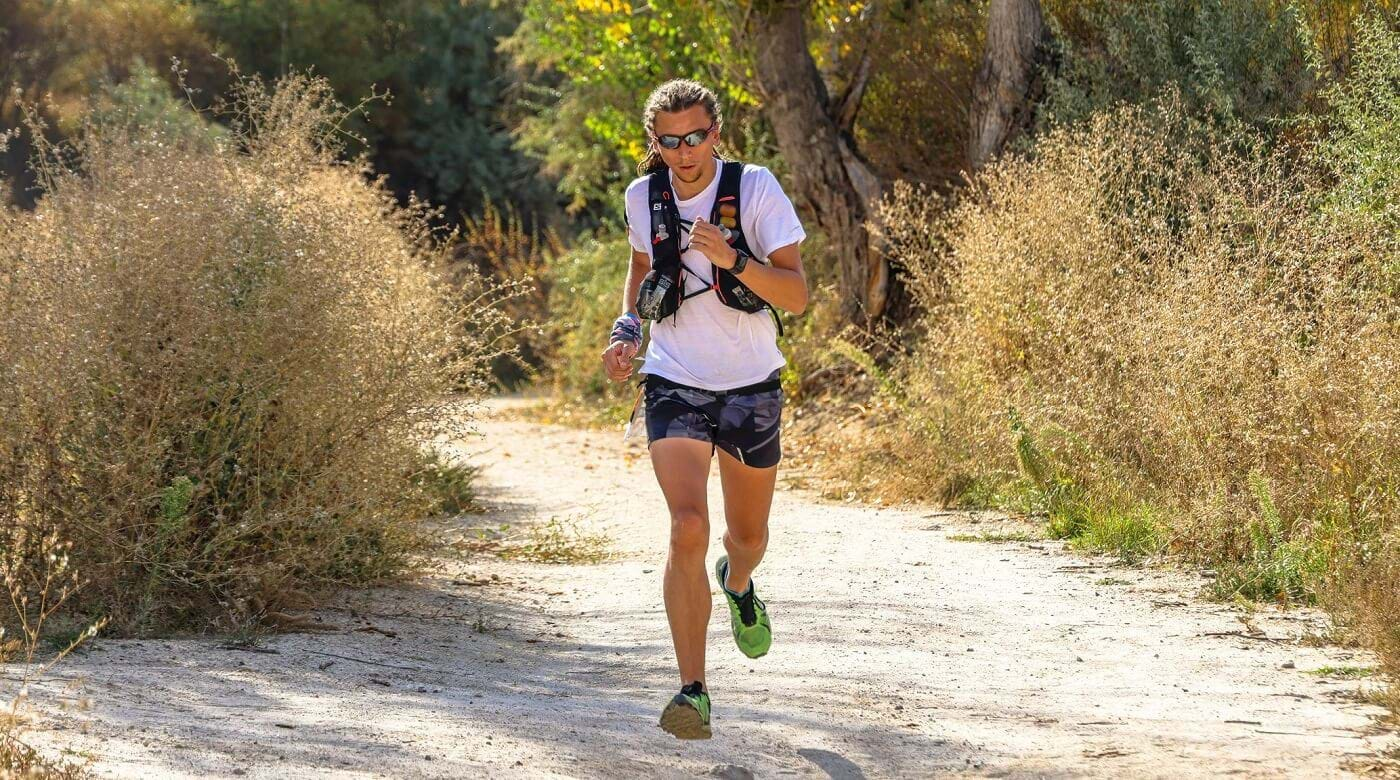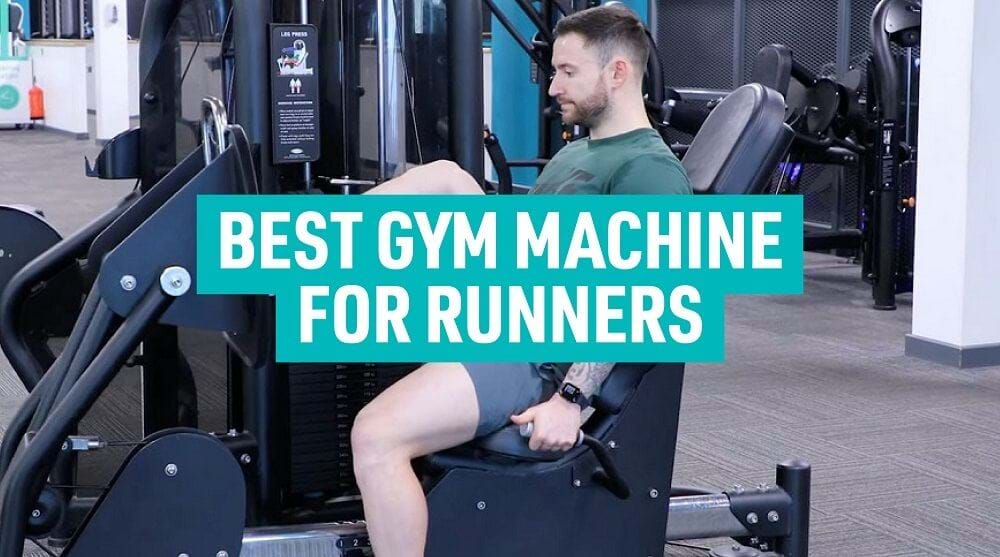Jogging For Beginners

What Is Jogging | Benefits | How To Start | Distance | Pace | How Often | Tips
Jogging is one of the oldest forms of cardio, and it's an extremely popular way to workout. One of the good things about jogging is it can be tailored to all fitness levels, which makes it great for beginners.
That said, it's always better to start with a plan than just dive in headfirst, as you're more likely to see progress, stay committed, and minimise injuries if you know what to expect.
We've asked run coach and PT Ian Scarrott everything you need to know and put this together to create a beginner's guide to jogging.
But first, what is jogging?
While there's isn't really a set definition of jogging, there are a few things people might mean when they say jogging:
A slower form of running, usually less than 6mph (which would equate to running 10k in an hour). While the form is more akin to running than walking, jogging may not require as much arm swing or knee lift.
A low to moderate intensity run that relies on just the aerobic system and can be maintained for a long period of time.
A more casual form of running, e.g. not having a set distance or pace to aim for.
The line between jogging and running is very blurry, and it doesn’t really make a difference – especially for beginners when even a slow running pace may feel high intensity! We’ll be using both terms throughout this blog.
Benefits of Jogging
There are so many mental and physical health benefits to jogging:
It gives a full body workout. While jogging is a cardiovascular exercise, it engages multiple muscles throughout the body, including from the calves to the shoulders.
Improves cardiovascular fitness and endurance.
Builds stronger muscles, bones, and joints.
Burns calories and can be helpful if you want to manage or lose weight.
Releases endorphins to boost mood and manage stress.
Can help to improve sleep.
Reduces the risk of multiple chronic diseases.
Jogging is also cheap, requiring only a decent pair of trainers and some kit, and easily accessible.
How To Start Jogging For Beginners
A mistake people make when starting running is simply heading out and running as far or as fast as they can, but this isn't particularly effective, especially if you have low cardiovascular endurance. This route isn't likely to give much progress, and motivation can quickly drop.
While it may not feel as exciting, starting slow is the best way to ensure you have a long and fruitful running career, with a lower risk of injury as your muscles, joints, and tendons can get used to the new load. Combining short periods of running with longer walking intervals is a good way to build strength and endurance, and as you adapt you can increase the running periods and decrease the walking periods.
You can either follow your own workouts, for example starting with 1 minute jogging to 2 minutes walking, and change the ratios as you get fitter, or you can follow an existing plan. The Couch To 5k (C25K) app is a good jogging program for beginners that was developed by the NHS to help people who are new to running build up to a 5k distance over 9 weeks.
Some more of the best jogging apps for beginners include:
5K Parkrunner: With various challenges to try, this app takes the focus away from results and time, and helps to make the running journey more fun.
Zombies, Run! 5k Training: If you're someone who needs an apocalypse to get running, this the app for you. Designed to help you run a 5k over 8 weeks, this app takes you on an audio adventure where zombies are chasing after you.
Strava: This is a great app to see where and how far you have run, and compete against friends and online running groups. If you do use Strava, make sure to set the privacy settings to something you are comfortable with.
What Is The Best Distance When Starting Jogging?
There isn't a single best jogging distance for beginners to aim for. Some people may struggle with running a few meters, others may be able to knock out 1km the first time they run. Find what works for you and improve this over time.
In the beginning, focusing on time rather than distance can be more helpful. Once you've built up some stamina, you can move on to distance.
If you don't want to use a pre-existing plan like one of the above apps, a good place to start is alternating 1 minute of running with 1 minute of walking for 5-10 minutes, making sure to warm up with a brisk walk first. If that's too hard, reduce the running portion (e.g. 30 seconds run to 1 minute walk) or increase the walking portion (1 minute run to 2 minute walk) for your next run. If you managed well, increase to 90 second runs next time.
What Is The Best Beginner Jogging Pace?
Again, the best beginner jogging pace is one that works for you. It's much better to build up your strength and endurance before you start worrying about pace.
Working to effort level is a much better approach to take, especially as this can factor in those days where you don't have the energy, whether that's due to hormones, food eaten, sleep levels, or more.
A good goal is to aim for a pace that feels 3/10 effort, where you can still talk conversationally. If you begin to get out of breath, walk until you have recovered, then go again, aiming to start and finish at that same 3/10 effort. As your body adapts, the pace that feels 3/10 effort will naturally get faster.
How Often Should Beginners Jog?
When you're just starting out, consistency is more important than frequency. You'll see a lot of articles stating that 3-4 times a week is the minimum beginners should aim for, but 2-3 is sufficient for beginners. Remember, it's much better to jog twice a week every week, than aim for 4 times a week, be unable to hit that, and losing motivation. Once you've built the habit and are showing up consistently each week, you can always add extra runs in.
As your fitness and stamina improves, adding an interval running session can be a great way to add variety to your runs, improve your pace, and build more endurance. Fartlek training, which means speedplay in Swedish, is a good beginner-friendly starting point.
Pick a distance, for example between two lamp posts, and alternate between the different levels:
- 3/10 conversational easy pace
- 5/10 steady pace where you feel a pinch in your legs and your lungs
- 6-7/10 tempo pace where you are working at a 'comfortably' hard pace and could continue the pace if you were asked to
- 8/10 threshold pace -- working at a tough pace for your lungs and your legs, you will be focussed on the effort
- 10/10 sprint -- Usain Bolt style, go for gold!
You can find more interval running workouts here.
Other Jogging Tips
Keep it interesting. Switching up your training route can help to keep your jogs interesting and make it less likely you'll get bored of your runs. Use your runs as a way to explore your local area! To begin with, you may want to start on softer surfaces to help your joints and tendons get used to the impact. Treadmills can be a good option for this!
Train with others. Running with friends or a group can be a great way to stay motivated and push yourself if you struggle to do so alone. Check out your local run club, see if any friends want to get involved, or head to your closest ParkRun, a free 5k run that is held in local parks across the UK at 9am on Saturdays.
Something is better than nothing. If you're having one of those days where you just can't face the thought of a 30 minute jog, or you're already on a run and struggling to maintain your usual pace, it's okay to not complete your full planned session. There's nothing wrong with doing less than you intended, if that's all you can give that day. Aiming for something, even it's just going for a walk when you would normally jog. This can help to keep consistent and build a strong habit.
If you're ready to start your jogging journey and would like professional help, you can contact Ian through his PureGym PT profile here. Make sure to also check out our other running blogs like strength training for runners, and your running questions answered. You can also learn how to use a treadmill here if you'd prefer to run indoors.
For the best kit and classes, find your nearest PureGym here.


